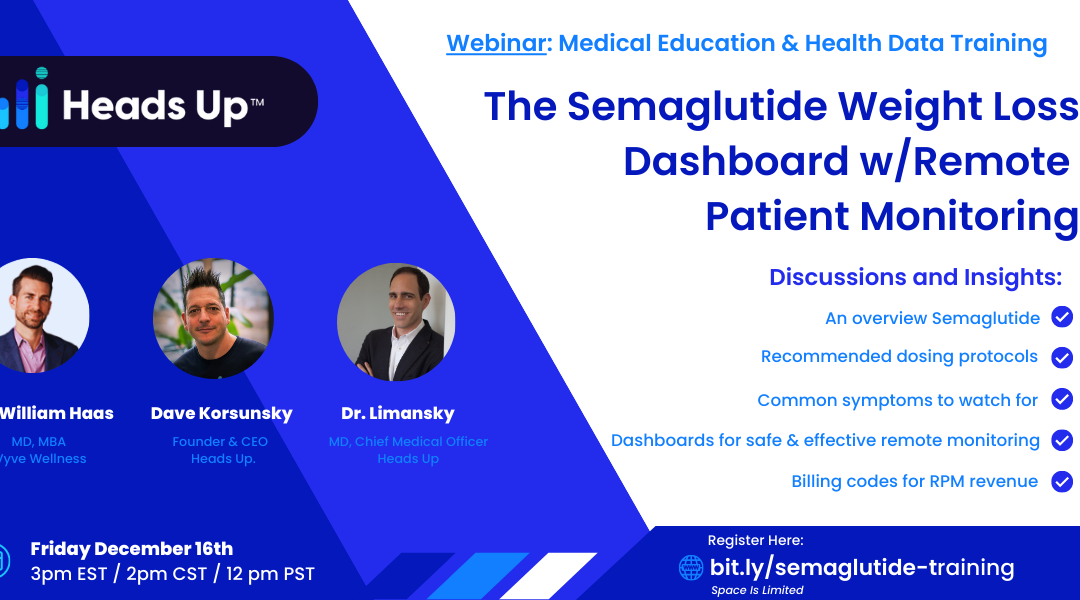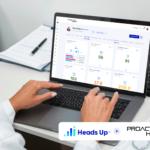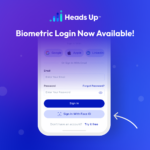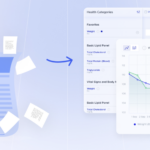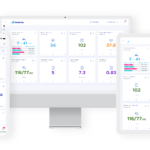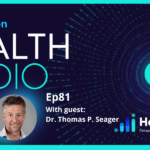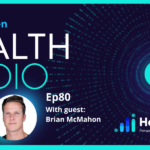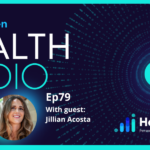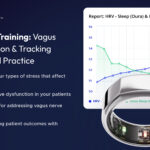Semaglutide Weight Loss + Digital Health Tools For Tracking Outcomes.
On this webinar, you will learn the basics of implementing semaglutide for safe and effective weight loss. Including the key metrics that should be tracked as well as the latest Remote Patient Monitoring opportunity that’s currently available for practitioner compensation.
Highlighting:
- An overview of Semaglutide and other GLP-1 agonists for weight loss and other medical applications
- Recommended dosing protocols
- Common symptoms to watch for
- Health Dashboards for safe and effective remote monitoring
- New revenue streams and billing codes for Remote Patient Monitoring.
Discover the latest breakthrough results from Semaglutide for Weight Loss.
For Show Notes, Slides, and Extra Bonuses – Click Here.
Semaglutide Weight Loss W/ Remote Patient Monitoring
00:05:15 The video is a webinar discussing the use of semaglutide and other GLP-1 drugs for weight loss and how they can be combined with the latest digital health technology for remote patient monitoring. The speakers provide an overview of how these medications work biochemically and explain different protocols for prescription and off-label applications. They also briefly touch on risk factors and common symptoms. The video includes a live demo of implementing these methods using the Heads Up platform. The speakers also mention several companies that work in the integrated functional medicine space and can assist with practitioner training and fulfillment.
00:10:16 The video features John Limanski, the chief medical officer of Heads Up, Katrine Volynsky, a subject matter expert on peptide therapy, Dr. William Haas and Dave Korsunsky. They discuss the use of glp-1s in functional medicine, specifically semi-glutides, for weight loss and metabolic health protocols. Limanski provides an overview of glp-1s and how they work on a cellular level, while Dr. Haas shares his personal experience with peptide therapy and its integration into their practice. They also address common questions about glp-1s and peptide therapy.
00:14:46 In the video, a healthcare professional discusses the benefits of using GLP-1 peptides for weight loss and diabetes management. The peptides regulate appetite hormones, alter blood sugar processing, increase fatty acid synthesis, and enhance exercise. Patients may also experience a decrease in cravings for alcohol and sweets. The GLP-1 peptides have cardio-protective benefits and help slow down digestion, which emphasizes the importance of consuming nutrient-dense quality calories. The healthcare professional recommends micro-dosing and slow titration protocols to minimize side effects.
00:19:22 Dr. Haas and John talk about the side effects, benefits, and dosing for GLP-1 medications for diabetes. They mention that slowing of gastric motility and gastric emptying is the main mechanism causing side effects such as nausea and constipation. To prevent these symptoms, they suggest working on bowel health and hydration, using supplements like magnesium glycinate and Metamucil, and consuming nutrient-dense foods. They also discuss the importance of dosing and mention that Dr. Haas uses a personalized dosing approach for his patients.
00:23:52 Discusses the importance of consuming protein and healthy fats at every meal to avoid nausea and achieve calorie-dense nutrition. The speakers also touch on the benefits of using continuous glucose monitors (CGMs) in digital health technology and how to use codes for insurance coverage. Additionally, the use of lactulose as a bowel health supplement is also mentioned. The video includes a polling question on the audience’s primary interest in the webinar.
00:28:36 Features two medical professionals discussing the off-label use of a medication for weight loss. They recommend starting with a low dose and gradually increasing it, depending on individual tolerance. The goal is to create sustainable lifestyle changes and curb appetite while avoiding side effects. They also mention the importance of pre and post lab testing and body composition testing to track outcomes.
00:33:21 Discusses how to approach weight management with a focus on body composition rather than just weight loss. The doctor emphasizes the importance of preserving lean muscle mass and reducing visceral body fat, and suggests using glp-1 peptides for this purpose. The conversation also touches on the benefits of protein supplements and the use of body composition metrics for evaluating progress. The doctors also discuss off-label uses for weight management strategies, including for longevity. They both agree that BMI is not a useful metric for assessing health.
00:37:57 Discusses the importance of monitoring visceral body fat, which can create metabolic chaos and increase the risk for diabetes, heart attacks, strokes, and cancer. Off-label use of certain therapies, such as peptides, may be beneficial in managing metabolic syndrome, even if the patient’s BMI is not above 30. It is important to have informed consent and discuss potential risks with the patient. Remote patient monitoring can also be billable inside the insurance system. Dr. Haas shares his hybrid practice structure, utilizing both insurance and cash pay integrative functions.
00:42:46 Discusses how healthcare providers can use reimbursable CPT codes to offer remote patient monitoring services to patients. These services can include monitoring devices for weight loss, body composition, and diabetes management. The video also highlights the potential financial benefits for providers who offer these services, including reimbursement from Medicare and Medicaid. Additionally, the video emphasizes that while some services may not be covered by insurance, providers can still offer them as part of a hybrid approach to patient care.
00:47:50 Showcases a live demo of a remote health monitoring platform called Heads Up that can be used to monitor vital signs, weight, body fat, blood glucose, self-reported symptoms, and lab test results. The platform also allows for creating individual patient dashboards and tracking weight loss progress, as well as flagging symptoms that may require a phone call to the patient. The platform can be configured to monitor any number of biomarkers and is useful for healthcare practitioners to get a big picture view of their patients’ health status remotely.
00:52:24 Features of a remote patient monitoring system called Heads Up Health. It includes a dashboard that tracks various health data such as sleep patterns, heart rate variability, and movement, and can be customized for each individual patient. The system also allows for the integration of lifestyle factors like hydration and bowel movements, and can be used alongside existing EMRs or as an EMR light. The video ends with a plug for the system’s billing platform and the ability to integrate with other systems.
00:57:03 Use of peptide therapy, particularly semaglutide, in achieving health goals such as weight loss and improved metabolic health. The speakers emphasize the importance of setting individual goals and gradually tapering off the therapy once those goals are achieved. They also mention the possibility of using other peptides in conjunction with semaglutide for specific health conditions.
01:01:54 The video is a recorded conversation between doctors and professionals about health management software and treatments for weight loss. They discuss different medications, their effects, and prices. They also touch on technical features of health management software and emphasize the importance of addressing lifestyle changes in weight loss treatment. The conversation is informative and includes advice from medical professionals.
Subscribe to future webinars in the form below.
